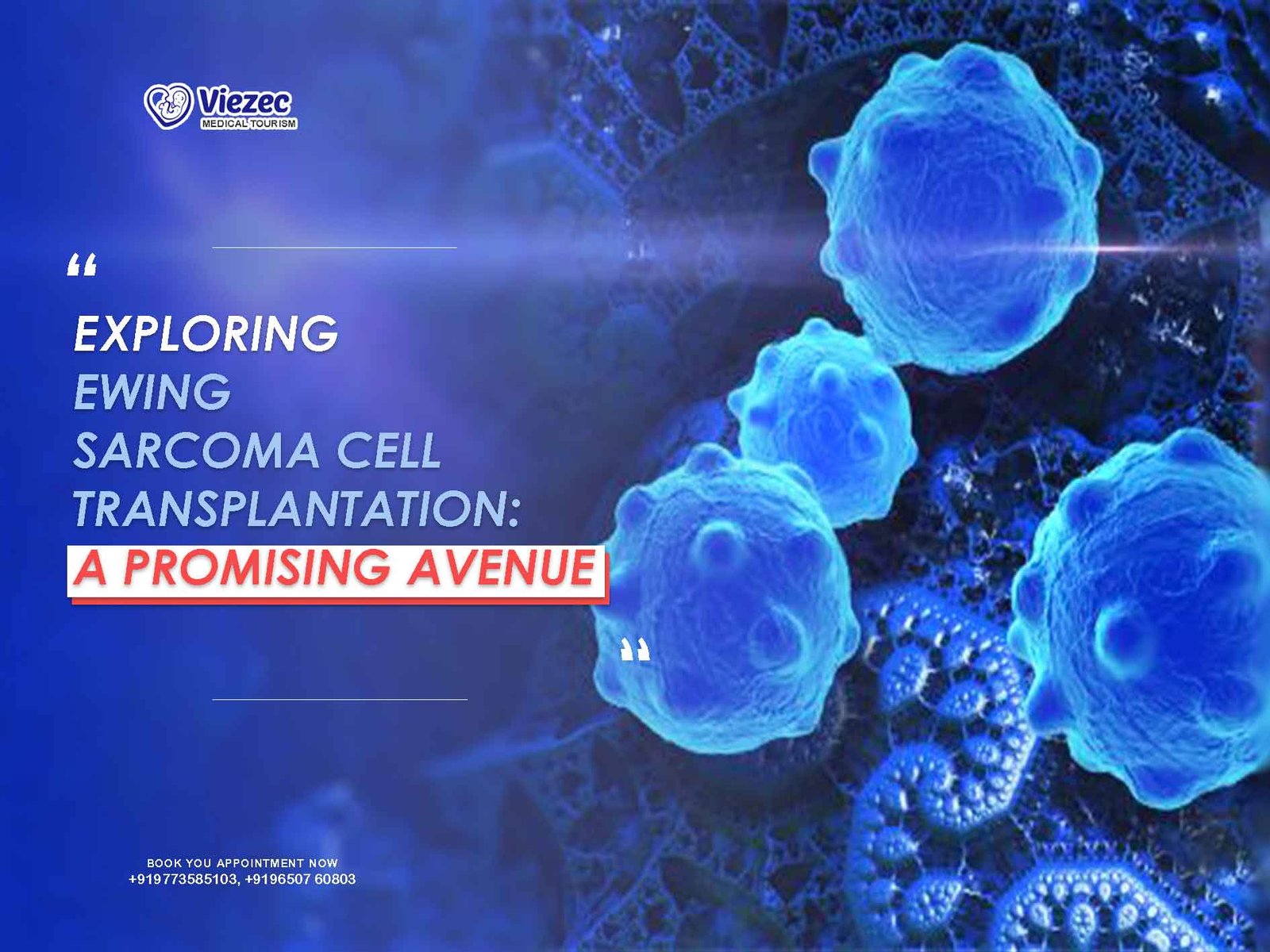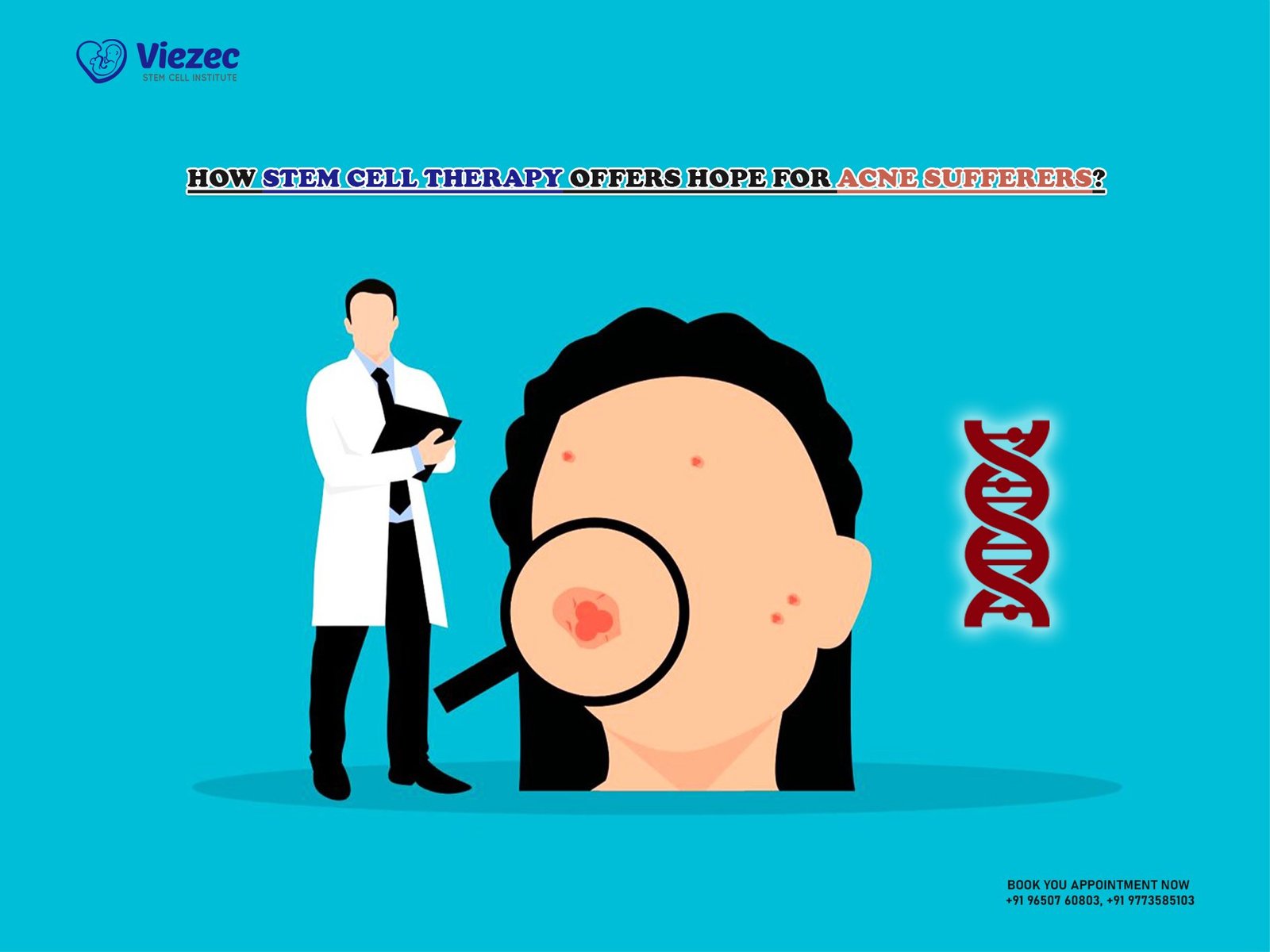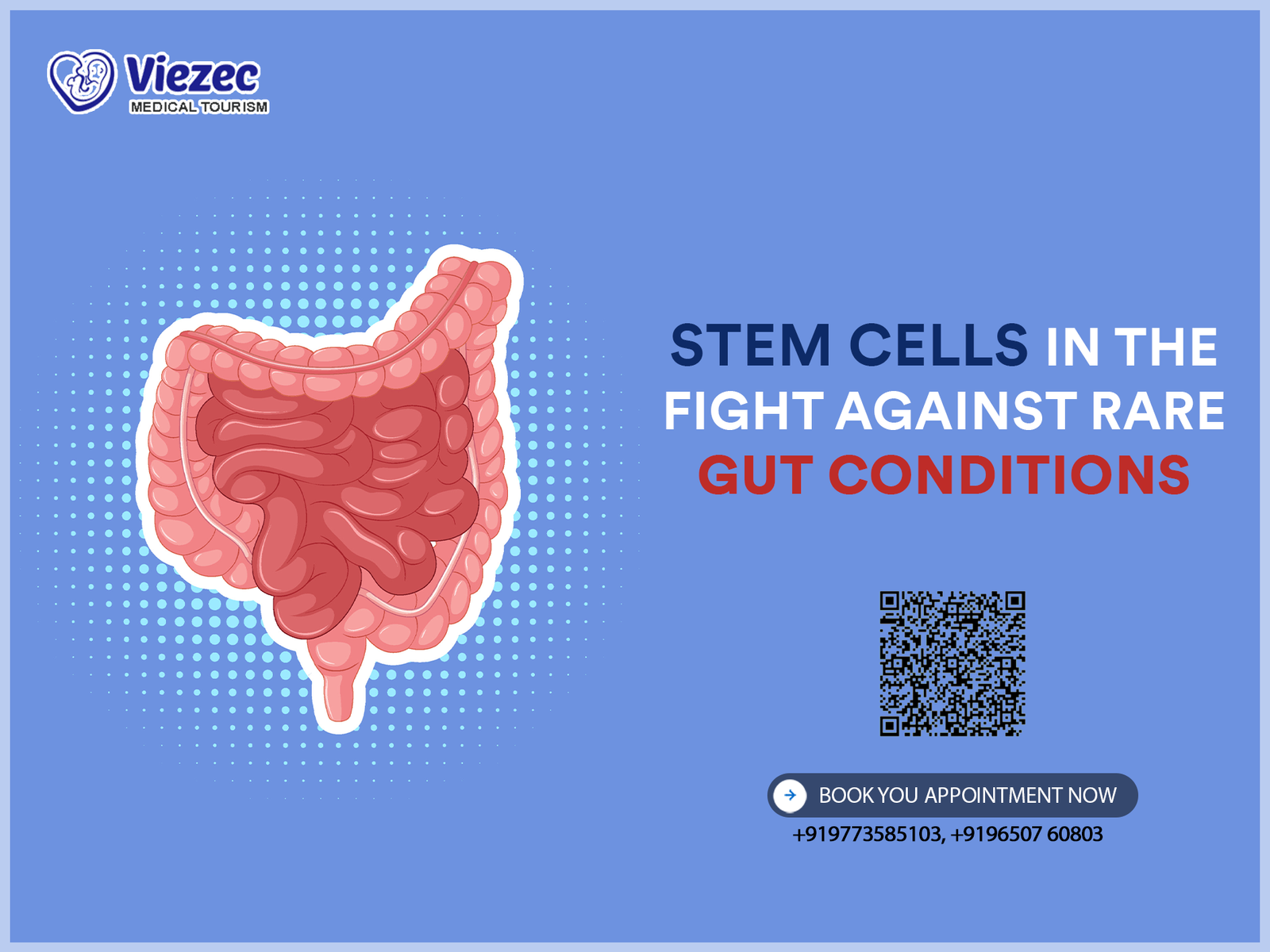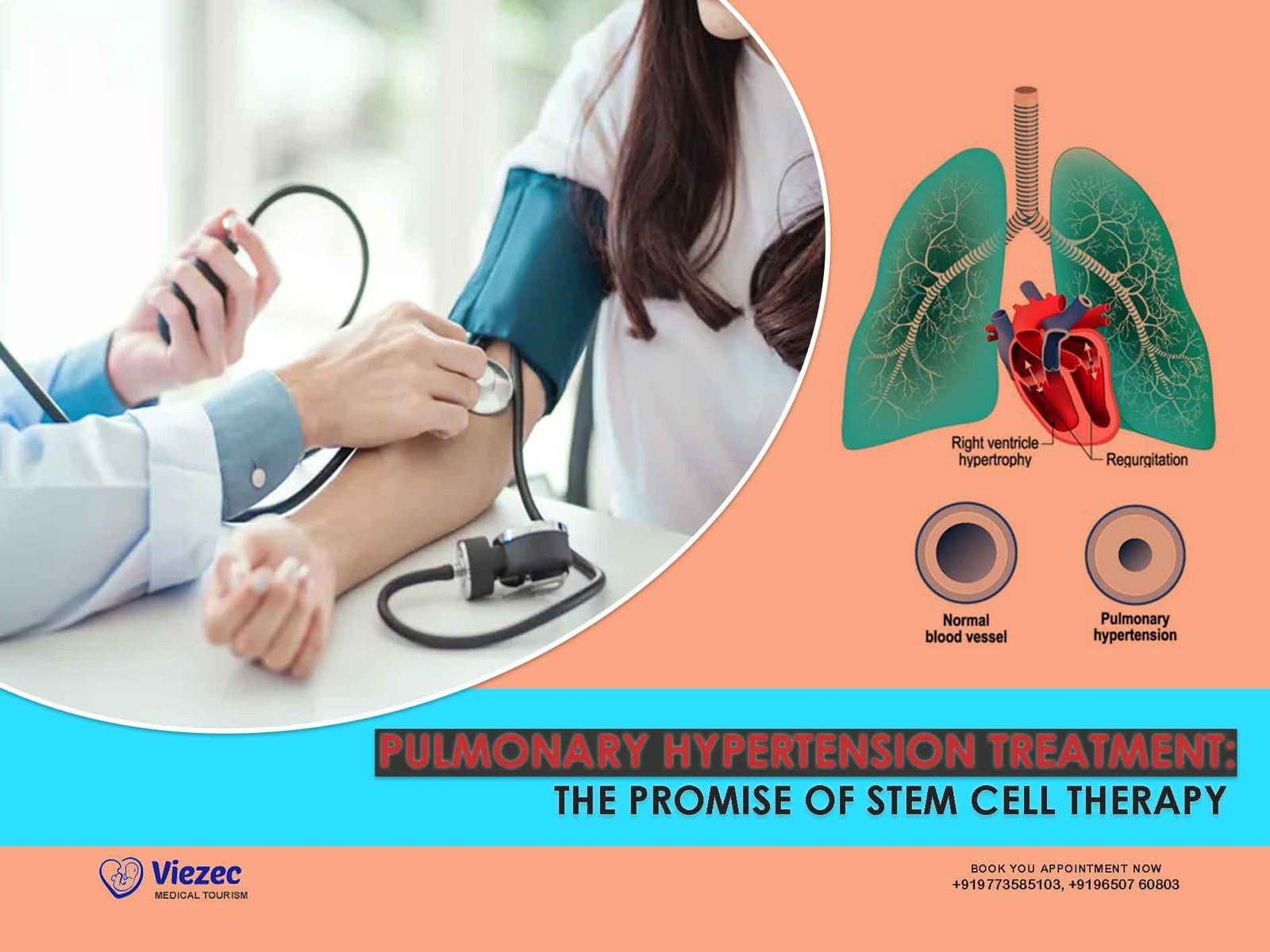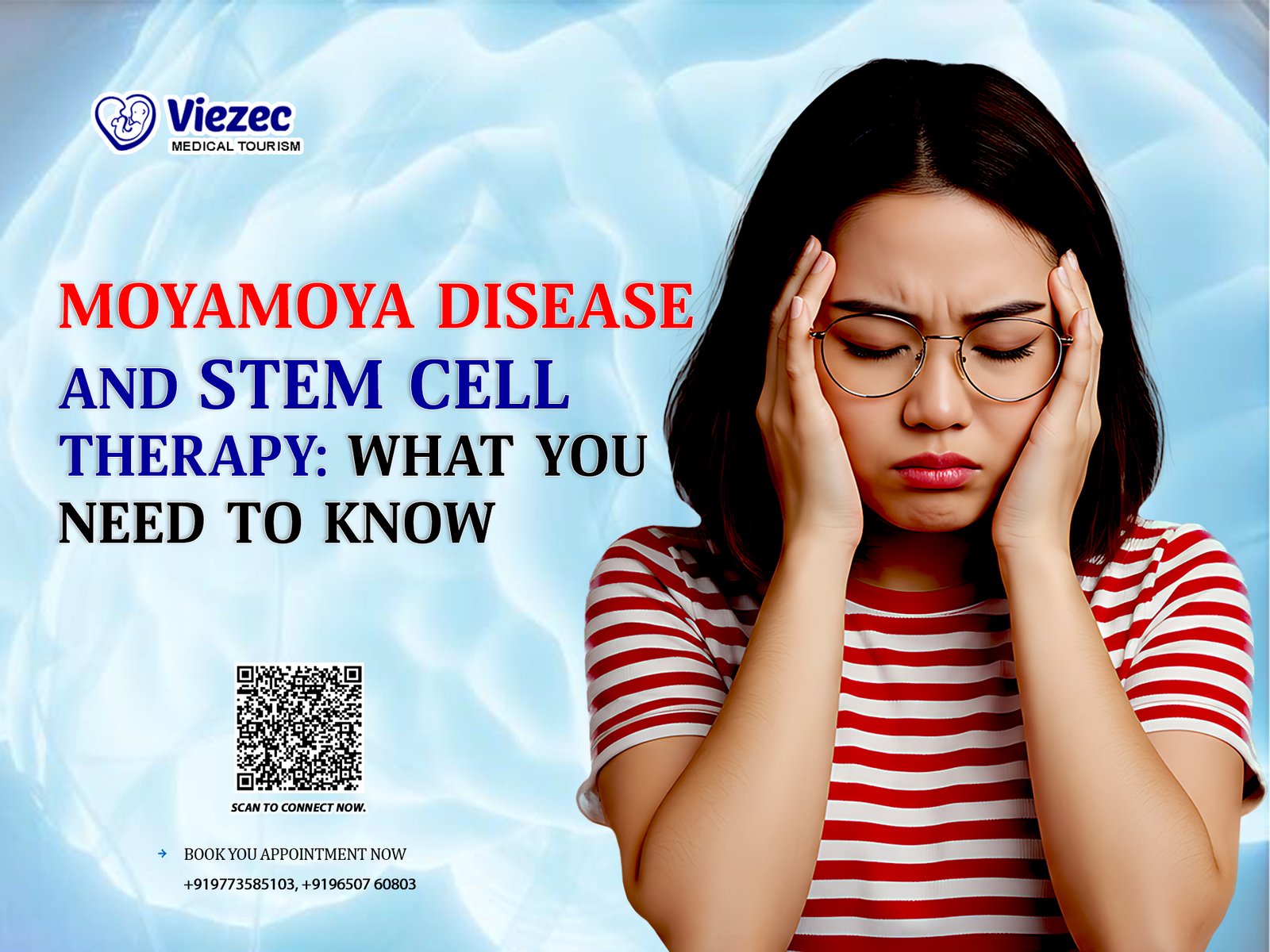Ewing sarcoma, a rare and aggressive form of bone cancer, poses significant challenges in treatment due to its propensity for metastasis and resistance to conventional therapies. However, recent advancements in medical science have shed light on potential breakthroughs in the form of stem cell transplantation. This article delves into the intricacies of Ewing sarcoma, the role of stem cell transplantation in its treatment, and the promising avenues it offers.
Understanding Ewing Sarcoma
What is Ewing Sarcoma?
Ewing sarcoma is a malignant tumor that primarily affects the bones, although it can also manifest in soft tissues. It most commonly arises in the pelvis, long bones, and chest wall. This cancer primarily affects children and young adults, with a peak incidence between the ages of 10 and 20 years. While rare, accounting for only about 1% of all childhood cancers, Ewing sarcoma demands attention due to its aggressive nature and potential for metastasis.
Pathophysiology of Ewing Sarcoma
Ewing sarcoma is characterized by a chromosomal translocation involving the EWSR1 gene on chromosome 22 and a member of the ETS family of transcription factors, most commonly FLI1 on chromosome 11. This translocation results in the formation of fusion oncogenes, such as EWS-FLI1, which drive tumorigenesis by altering gene expression patterns and promoting cell proliferation and survival.
Challenges in Treatment
Traditional treatment modalities for Ewing sarcoma include a combination of surgery, chemotherapy, and radiation therapy. While these approaches have improved survival rates over the years, many patients still face challenges. Resistance to chemotherapy, risk of recurrence, and long-term side effects of treatment remain significant concerns. Additionally, metastatic disease at diagnosis significantly worsens prognosis, highlighting the need for more effective therapies.
Stem Cell Transplantation: A Novel Approach
What are Stem Cells?
Stem cells are undifferentiated cells with the remarkable ability to differentiate into various cell types and self-renew through cell division. They play a crucial role in tissue repair, regeneration, and homeostasis. Stem cells can be classified based on their potency into totipotent, pluripotent, multipotent, and unipotent, with varying degrees of differentiation potential.
Role of Stem Cell Transplantation in Cancer Treatment
Stem cell transplantation, also known as hematopoietic stem cell transplantation (HSCT), has been a cornerstone in the treatment of various hematologic malignancies and certain solid tumors. The procedure involves the infusion of hematopoietic stem cells, typically derived from bone marrow, peripheral blood, or umbilical cord blood, to restore hematopoiesis following myeloablative therapy. HSCT offers the potential for sustained remission by replacing cancerous cells with healthy ones and rebooting the immune system to recognize and eliminate residual tumor cells.
Emerging Role in Ewing Sarcoma
While stem cell transplantation has been widely utilized in the treatment of hematologic malignancies, its application in solid tumors like Ewing sarcoma is relatively new. However, recent preclinical and clinical studies have provided compelling evidence supporting its efficacy in this setting. By harnessing the regenerative potential of stem cells, researchers aim to target residual tumor cells and overcome treatment resistance, thereby improving outcomes for patients with Ewing sarcoma.
Types of Stem Cell Transplantation
Autologous Stem Cell Transplantation
Autologous stem cell transplantation involves the collection and storage of a patient’s own stem cells prior to high-dose chemotherapy or radiation therapy. Following the administration of myeloablative treatment, the stored stem cells are infused back into the patient to replenish the bone marrow and restore hematopoiesis. This approach minimizes the risk of graft rejection and graft-versus-host disease (GVHD) but may be limited by the presence of residual tumor cells in the harvested stem cell graft.
Allogeneic Stem Cell Transplantation
Allogeneic stem cell transplantation entails the use of stem cells obtained from a genetically matched donor, typically a sibling or unrelated volunteer. The donor stem cells undergo rigorous matching to minimize the risk of immune rejection and GVHD. Allogeneic transplantation offers the potential for graft-versus-tumor effects, wherein the donor immune cells recognize and attack residual tumor cells, providing an additional layer of anti-tumor activity beyond the conditioning regimen.
Novel Approaches and Strategies
In addition to conventional autologous and allogeneic stem cell transplantation, researchers are exploring innovative strategies to enhance the efficacy of stem cell-based therapies in Ewing sarcoma. These include:
Genetically Engineered Stem Cells
Genetically modifying stem cells to express therapeutic genes or targeting molecules holds promise in augmenting their anti-tumor effects. By programming stem cells to deliver cytotoxic agents specifically to tumor cells or to enhance immune responses against cancer, researchers aim to maximize treatment efficacy while minimizing off-target toxicity.
Targeted Conditioning Regimens
Optimizing the conditioning regimen, including the intensity and timing of chemotherapy or radiation therapy, is crucial for maximizing the anti-tumor effects of stem cell transplantation while minimizing toxicity to normal tissues. Tailoring conditioning regimens based on the molecular characteristics of the tumor and the patient’s individual risk profile may improve outcomes and reduce treatment-related complications.
Combination Therapies
Combining stem cell transplantation with other targeted therapies, immunotherapies, or small molecule inhibitors represents a promising approach to synergistically target different pathways involved in Ewing sarcoma pathogenesis. By exploiting complementary mechanisms of action, combination therapies have the potential to overcome treatment resistance and improve overall response rates.
Clinical Considerations and Challenges
Patient Selection
Patient selection is critical for determining eligibility and predicting outcomes following stem cell transplantation in Ewing sarcoma. Factors such as disease stage, tumor burden, presence of metastatic disease, and overall health status influence the decision-making process. Multidisciplinary collaboration involving oncologists, transplant physicians, and supportive care specialists is essential for comprehensive patient evaluation and treatment planning.
Treatment Toxicity
While stem cell transplantation offers the potential for durable remissions, it is associated with significant treatment-related toxicity and complications. Myeloablative conditioning regimens can cause profound bone marrow suppression, leading to neutropenia, thrombocytopenia, and an increased risk of infections and bleeding. Additionally, GVHD remains a major concern following allogeneic transplantation, necessitating close monitoring and supportive care interventions.
Long-Term Follow-Up
Long-term surveillance is essential for monitoring disease recurrence, late effects of treatment, and overall quality of life in survivors of Ewing sarcoma undergoing stem cell transplantation. Regular clinical assessments, imaging studies, and laboratory tests are performed to detect any signs of disease progression or treatment-related complications. Psychosocial support services play a crucial role in addressing the emotional and psychological needs of patients and their families throughout survivorship.
Future Directions and Conclusion
Translational Research
Translational research aimed at elucidating the underlying mechanisms of Ewing sarcoma pathogenesis and treatment resistance is essential for guiding the development of novel therapeutic strategies, including stem cell transplantation. By integrating basic science discoveries with clinical observations, researchers can identify actionable targets and biomarkers predictive of treatment response, paving the way for personalized medicine approaches in Ewing sarcoma.

